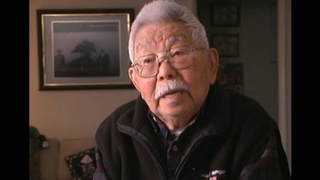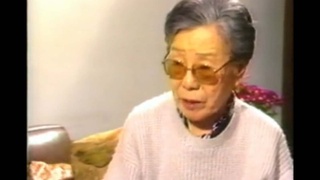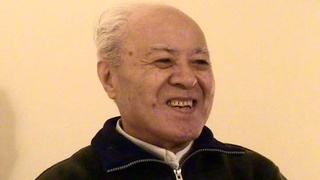Interviews
We go to America (Spanish)
(Spanish) My name is Venancio Shinki, and my maternal surname is Huamán. I am, therefore, an odd mix of Japanese and authentic Peruvian. My mother is from the mountainside; I don’t know the place where she was born, only that she arrived at…
We lived on the San Nicolás Hacienda. What is this San Nicolás Hacienda? In the ‘little north,’ as they say more or less near the Supe district. Well, it was a place, one of the places of the Japanese settlement in Peru, on the Peruvian coast, and on that site was the place where my father registered as a member of the community. During that time period – I am speaking of 1915 when I wasn’t even born yet – the Japanese came to work. Why? Japan experienced a terrible economic situation at that time; many Japanese left, saying “Let’s go to America,” but they didn’t think whether it was North, Central, or South America. The issue was simply to leave, and leave without any money. Afterwards, they had to pay the company that transported them; they had to take a portion of their salary to pay for the transportation costs.
Date: September 6, 2007
Location: Lima, Peru
Interviewer: Harumi Nako
Contributed by: Asociación Peruano Japonesa (APJ)









